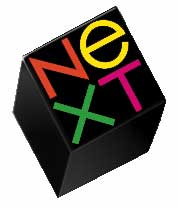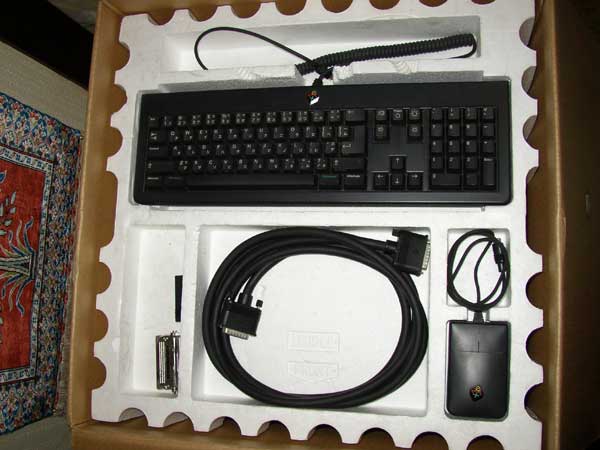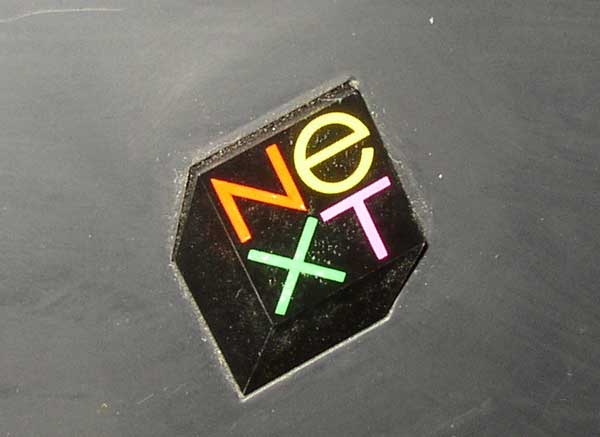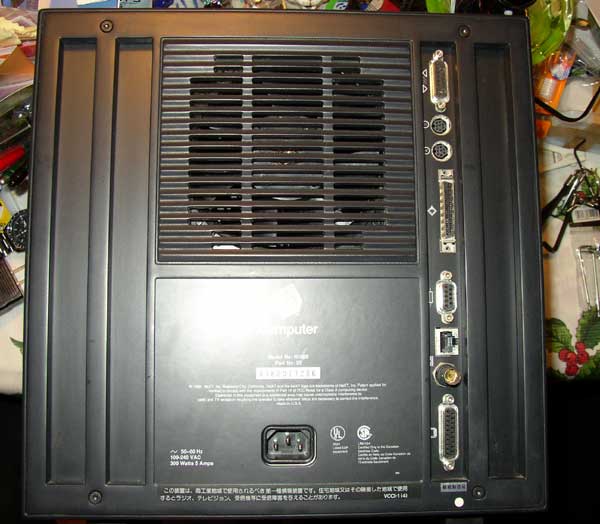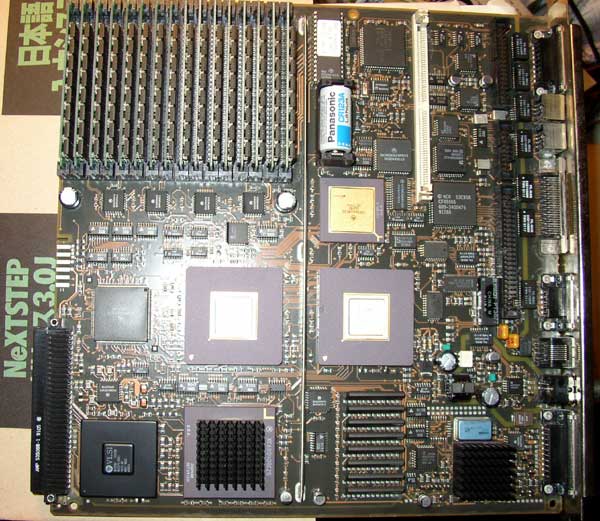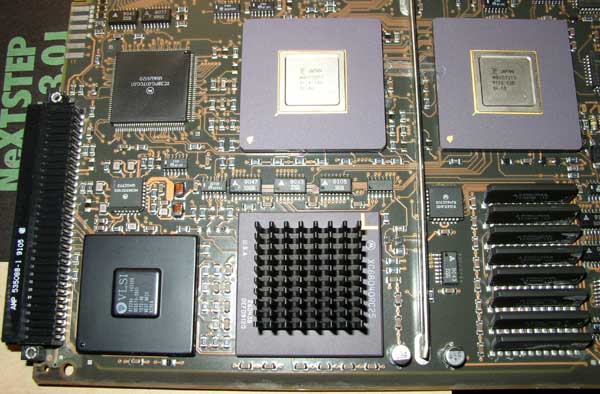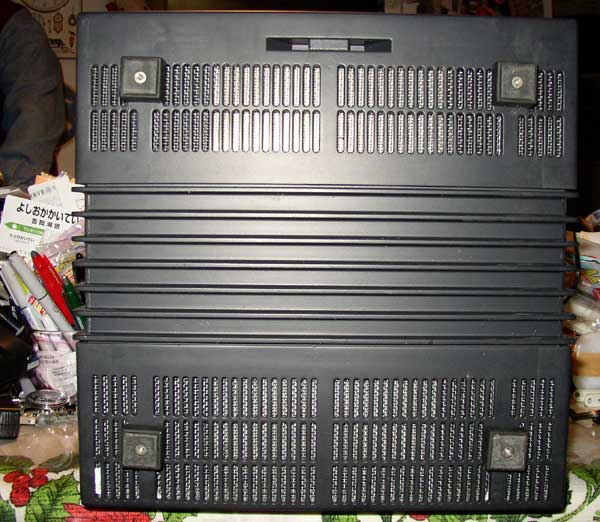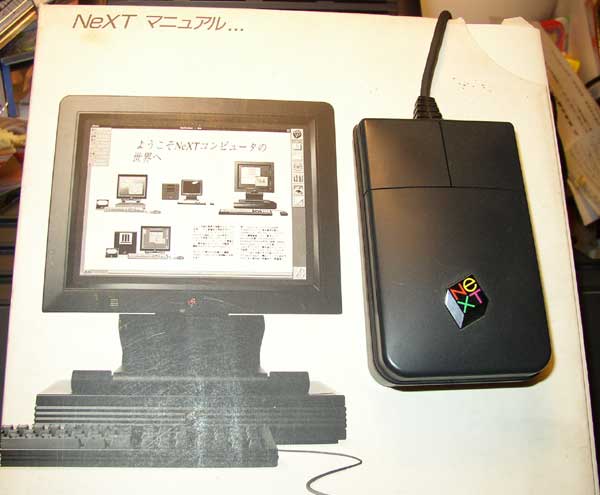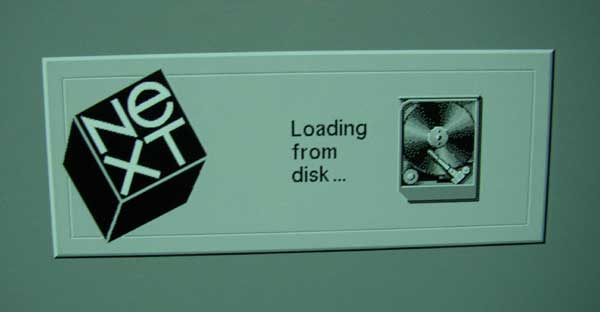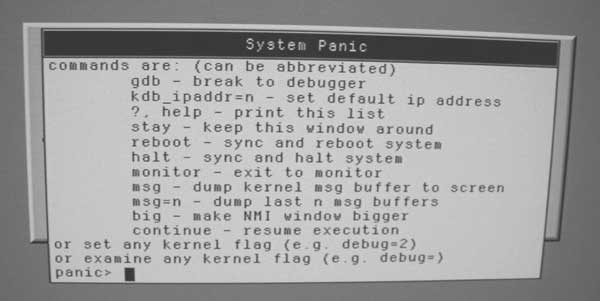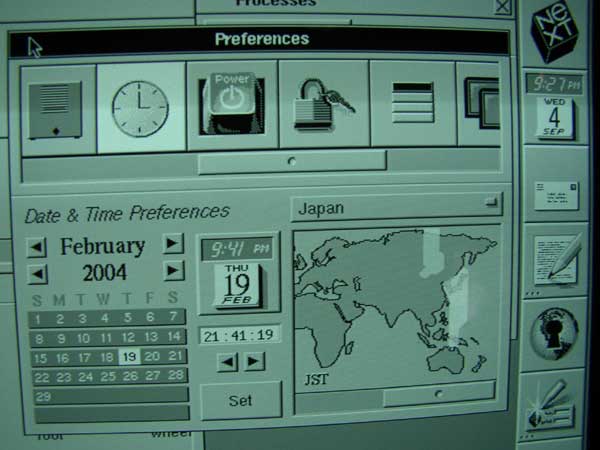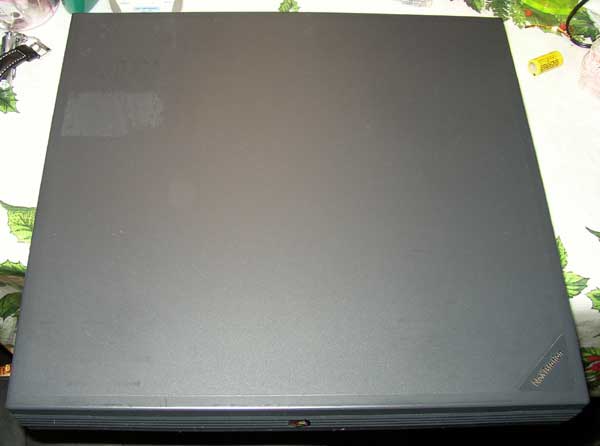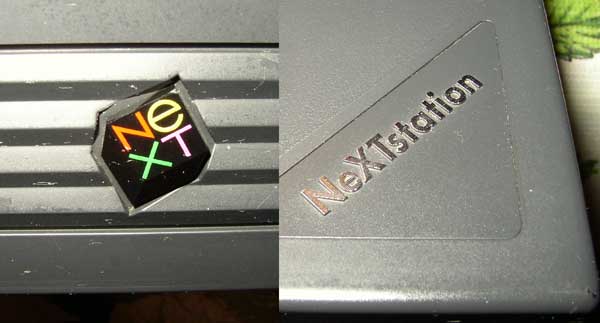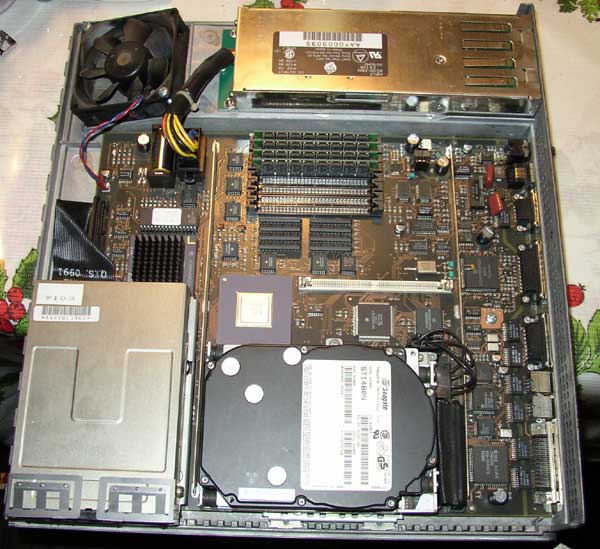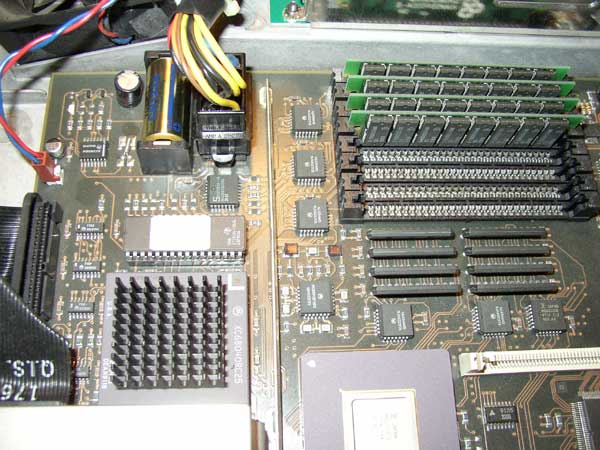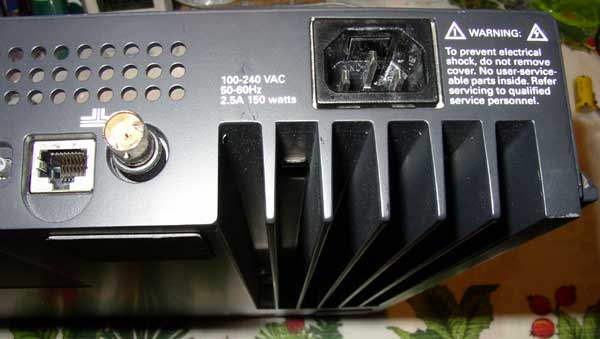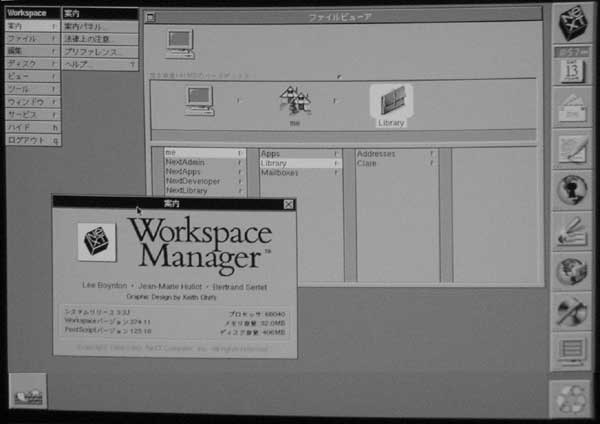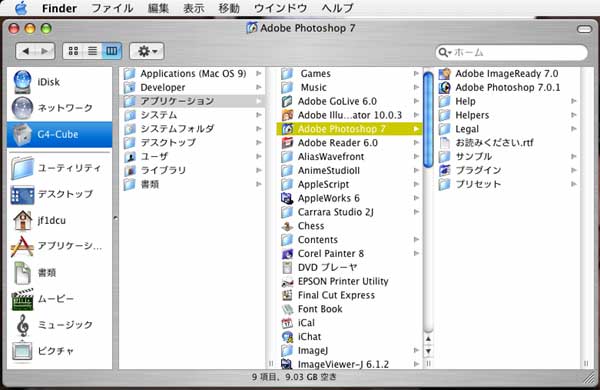NeXT was a computer company, known to the public for its series of futuristic computers,
and to the programming world for its development platforms.
It was bought in a takeover by Apple Computer and is no longer in business.
In 1985 Steve Jobs began to regret hiring John Sculley as the new CEO of Apple, and
started a brief power struggle to regain control of the company. The board stood behind Sculley,
and in the aftermath Jobs was stripped of most of his duties, and banished to an office at the back
of a distant building on the Apple campus. After a few months of being ignored, he left.
Starting NeXT Inc. with an out-of-pocket investment of $7 million, he hired seven employees
(mostly ex-Apple folk from the Apple Macintosh project) and started work with Adobe on what
would eventually become Display PostScript.
NeXT Computer
By the middle of 1986 it was clear that no existing operating system (OS) was capable of hosting
the toolkit, at least not on a personal computer level. Instead of making and selling a toolkit, the
business plan changed to making and selling complete machines running it on top of a Unix-like
Mach-based OS. The latter would be created by a team led by Avie Tevanian, one of the Mach
engineers at Carnegie-Mellon University who had since joined the company. The name of the
company was changed to NeXT Computer Inc..
By 1987 NeXT finished construction of a completely automated factory for their first product,
the NeXTcube. Stories about Jobs' demands for the factory and the cube are now legend,
including the re-painting of the factory several times in order to get just the right shade of grey,
and the institution of a series of time consuming changes to the production line so that the cube's
expensive magnesium case would have perfect right-angle edges.
NeXT would try to do one better, replacing both the hard drive and floppy with a single removable
medium. This was in the form of a 256MB magneto-optical device, which was just coming onto the
market. This was a very risky move considering the equipment didn't even exist during the design
stages, and many have claimed it was used primarily due to Jobs' disdain for the floppy.
The Cube was based on a 25MHz Motorola 68030 CPU which had recently come to market,
making it competitive with the workstation vendors like Sun Microsystems in terms of performance.
There had been some discussion of using the Motorola 88000 RISC chip, but it was considered too
risky as they weren't available in quantity at the time. This makes the magneto-optical drive decision
all the more baffling.
The Cube fitted into an odd spot in the computer market. It wasn't as fast as the latest generation of
Unix workstations becoming available at that time, but cost about half as much. Comparing the Cube
with more common Intel based machines was more difficult. The machine shipped with a huge 8MB
of RAM (at a time when 4MB cost $1495), the 256MB MO drive, Ethernet, and a large "megapixel"
(1120 x 832 pixel) greyscale display.
The machines weren't ready for "real" sales until 1990, when they went on the market for $9999.
At the time Jobs was concerned that the market was quickly stratifying and the window of opportunity
to introduce any new platform was rapidly closing. Just after their release he noted that "this will either
be the last machine to make it, or the first to fail".
A new line then introduced the newer and much faster 68040. The same parts were later put in a new "pizza box" case, creating the NeXTstation, which sold at a lower price point and became fairly popular.
In all, some 50,000 NeXT machines were sold. This was a tiny segment of the market, and proved
Steve's own words prophetic. Although the lack of success by other new desktop platforms suggests
that the age of unique hardware designs was past, it is an open question as to whether the systems
would have been more successful had they avoided the performance and price problems by including
a hard drive in the first machines, and had found a more cost-effective RAM setup.
NeXT Software
By 1992 work had already started on a port of the NeXTSTEP operating system to the Intel platform.
At the same time work began on replacing the 68000 series CPU's with the new PowerPC, which was
starting up as a joint program between Apple, IBM and Motorola.
None of the non-NeXT versions appear to have seen much use. At the time, the performance of the
Intel platforms was quite limited (although not for long), and running it on the other two systems meant
replacing their "native" OSes outright. One of the primary reasons for buying one of these platforms
was to use specialized software that ran only on the their operating system/cpu combination, and running
NeXTSTEP meant giving that up.
At this point NeXT's attention turned away from supplying a complete OS, and along with Sun
Microsystems they started an effort that would lead to OpenStep. This was basically NeXTSTEP
without the Mach-based Unix underneath it, using some other OS instead.
The company had now come full circle. Originally intending to sell a toolkit running on top of other
OSes, they had ventured into hardware, failed, and returned to selling a toolkit running on top of
other OSes. Although OpenStep had an enthusiastic audience of developers using it for enterprise
software and the like, it never attracted really large numbers of paying customers, and lack of
revenue growth was a perennial problem.
New products continued to ship on the platform, including a version for Windows NT, but Steve
had clearly lost interest and was spending all of his time at Pixar.
End of NeXT
In 1996 Apple Computer purchased the assets of NeXT Software in order to use NeXTSTEP to
replace the now outdated Mac OS, but it would be a long four years before it would be released as
Mac OS X. Steve Jobs returned to Apple as a consultant, then as interim CEO, and finally as CEO.
(Wags summarized this by referring to the acquisition as "NeXT buying Apple".)
